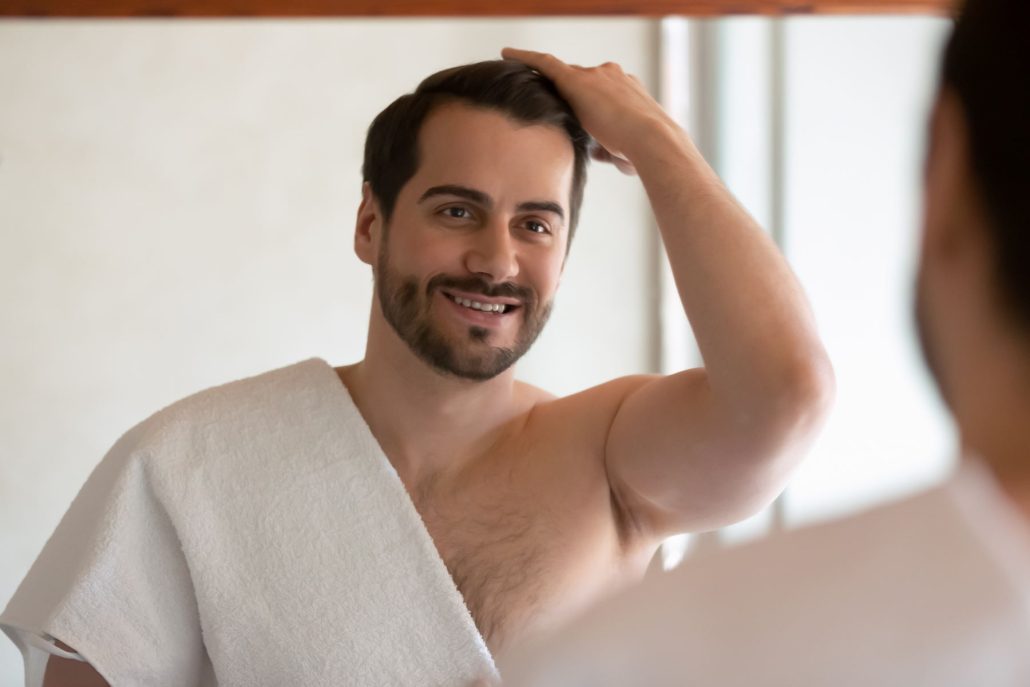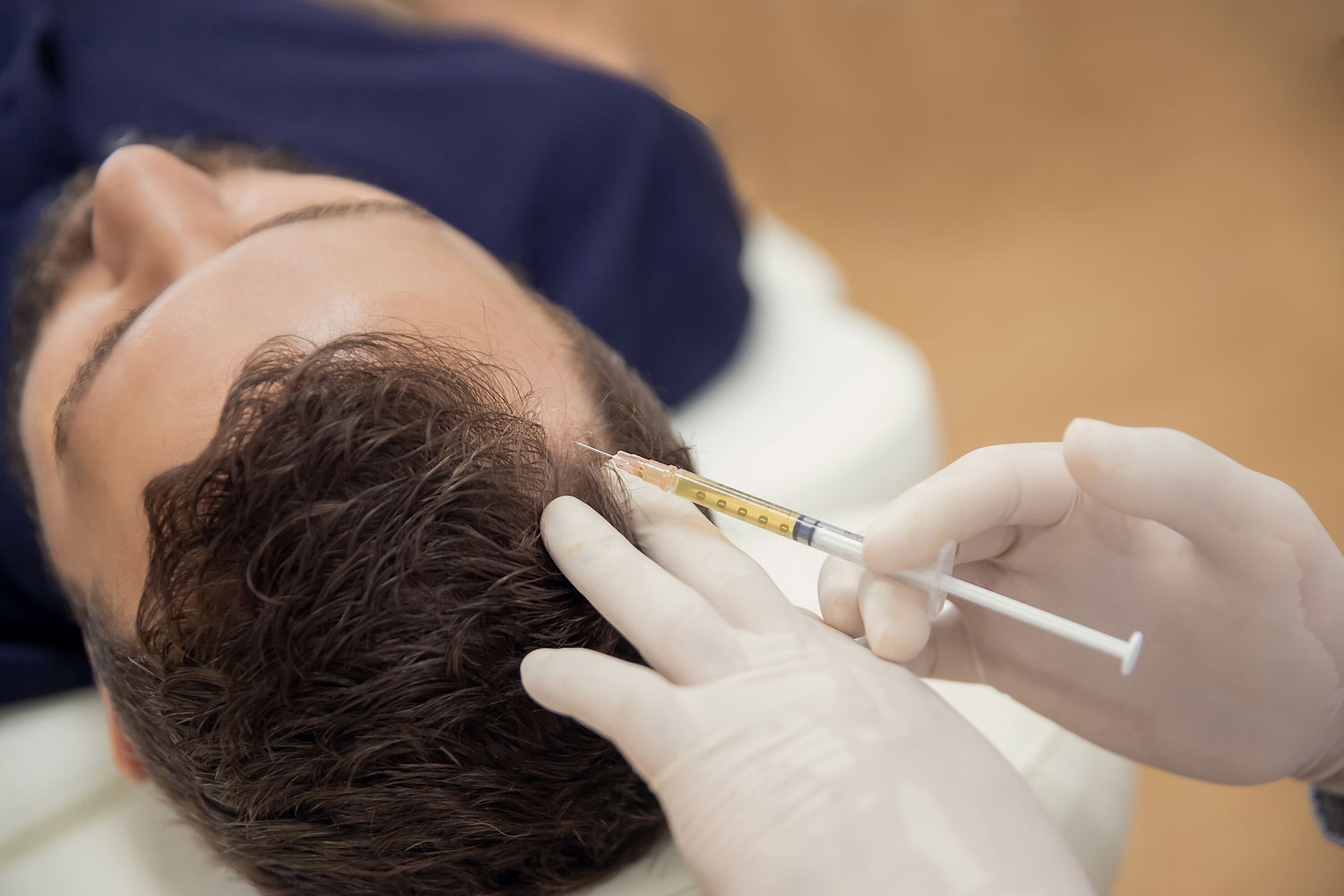
About
Platelet-rich plasma (PRP)
PDL Wellness offers a comprehensive range of treatment designed to enhance both aesthetic appearance and overall wellbeing. The clinic specializes in Platelet-Rich Plasma (PRP) therapy, which is used to promote hair growth and rejuvenate the skin effectively addressing issues like hair loss, acne scarring and hyperpigmentation.
PRP Treatments
PRP Treatments



Androgenic Hair Loss
PRP stimulates hair regrowth, improving density and thickness by activating dormant hair follicles naturally
Learn MoreTear Troughs
Rejuvenate tired eyes with PRP, targeting dark circles and volume loss for a refreshed, youthful look.
Learn MoreMelasma
PRP effectively reduces melasma by controlling melanin production, evening skin tone and reducing pigmentation.
Learn MoreAcne Scars
PRP stimulates collagen production, minimizing the appearance of acne scars and improving skin texture.
Learn MoreHyper-Pigmentation
Achieve brighter, even-toned skin as PRP reduces pigmentation and promotes skin healing.
Learn MoreSkin Atrophy
Combat thinning skin with PRP’s regenerative properties, restoring skin’s firmness and elasticity.
Learn MoreTreatment Process
A Step-by-Step Guide to PRP
Once we have agreed that PRP is an appropriate treatment for you this is what you need to expect.
First, a topical anesthetic is applied, followed by a quick blood draw using a butterfly needle.
Next, the drawn blood is spun in a centrifuge to separate the platelet-rich plasma.
Then, the PRP is carefully extracted from the buffy coat layer into a syringe.
Finally, the PRP is injected into the desired location for natural healing and rejuvenation.
 After
After
 Before
Before

Pros and Cons
Advantages of PRP
PRP therapy offers numerous benefits, including:
- Very low risk of allergic reaction with autologous platelet-rich plasma since platelets are obtained by patients own blood supply
- Much less invasive than hair transplant
- Reduced cost compared to hair transplant
- Great for maintenance for patient's with previous hair transplant
- Non-surgical, no scars and much faster recovery time
- Provides natural appearance
- PRP is antimicrobial so the risk of infection is quite lowPRP is antimicrobial so the risk of infection is quite low
- Safe and effective for a variety of conditions, including muscle injuries, tissue repair, pattern baldness, knee sprains, and more
- Patients may initially notice shock loss, however this improves throughout treatment as thicker strong hairs grow
- No worries about negative s/e from oral Finasteride and or Minoxidil.
Disadvantages of PRP
While PRP therapy is generally safe and effective, some potential drawbacks include:
- Many uses of PRP still need more high-quality research for validity of studies.
- Treatment results can be unpredictable and very patient specific, not effective for severe hair loss.
- No standardized protocol
The Candidate
Ideal Candidate For PRP
- Patients with androgenic alopecia (male or female pattern hair loss)
- Maintenance treatment for patients with pre-existing hair transplant
- Alopecia areata
- Stress induced hair loss (Teligen Effluvium)
- Fine wrinkles and collagen loss
- Acne scars
Contraindications for PRP
- Active infection in treatment area
- Pregnancy or breastfeeding
- Cancer on chemotherapy or steroid therapy
- Glucocorticoid injection use within 2 weeks before treatment
- Anemia
- Clients on antiplatelet therapy
- Alcohol disorder
- ITP or other platelet dysfunction
- Diabetes
- Heavy smokers
- Autoimmune conditions (Scleroderma)
- NSAID use within 48 hrs
What to Expect after Treatment
- When done properly, most cases of PRP have resulted in some level of improvement following treatment, sometimes with notably thicker, healthierlooking hair. However, PRP is not a miracle treatment and it’s important to understand that best results are often achieved when PRP is used in combination with other medical treatments and lifestyle changes.
- There is no type of treatment for alopecia which works for everyone. There can be many reasons for hair loss, and PRP should only be used when there is a good chance of success. This is especially important because PRP can be quite an expensive and time-consuming process. Even when it does work, it usually takes several months or more to see results.
DOS AND DONTS
Guidelines for Pre- and Post-Procedure Care
Before
- Eat a light meal and stay hydrated on the day of the treatment
- Wash your hair the morning of the PRP treatment session (or at least the day before)
- Arrive with no styling products on the areas to be treated.
- If you need to cancel your appointment, we must receive at least 2 business days of or a fee will apply
- Do Not take NSAIDs drugs (Aspirin, Advil, Motrin...) for 7 days before treatment
- Do not drink alcohol for 72 hours before treatment
- Do not take blood thinning agents such as vitamin E, vitamin A, Ginko, Garlic, Flax, Cod liver oil, essential fatty acids at least one week before your treatment
After
- Do not take NSAIDs (ADVIL, MOTRIN or ALEEVE) drugs for 7 days after treatment
- Do not drink alcohol for 72 hours before treatment
- Avoid blood thinners such as vitamin E, vitamin A, Ginko, Garlic, Flax, fish oils
- Avoid exercise or strenuous activity for 24 hours
- Avoid hot yoga or sauna for 3 days
- Avoid sun exposure for 3 days
- Do not wash or shower for 24 hours
- Do not apply pressure to or massage the treatment area
- A feeling of bumpiness of the scalp may occur and will resolve quickly
- Rarely, patients may develop mild bruising and or sensitivity to palpation (Feeling of a bruise) at the injection site. This will reside within 72 hours after treatment
- An immediate redness or swelling will subside within an hour.
- Rarely, transient headaches are reported. Tylenol may be taken as needed. This is not an indication that each treatment will result in this experience.
FAQ
Have a Question
Most patients experience mild swelling or soreness for a few days. The healing process typically begins after 4-6 weeks, with full benefits visible after several months.
Yes, PRP therapy is completely safe as it uses your own blood, reducing the risk of allergic reactions or infections.
This varies based on the condition being treated. Some patients experience improvement after one session, while others may need multiple sessions for optimal results.
Results from PRP can vary, but most clients begin to see improvement after 3-6 months, with continued improvements over time
